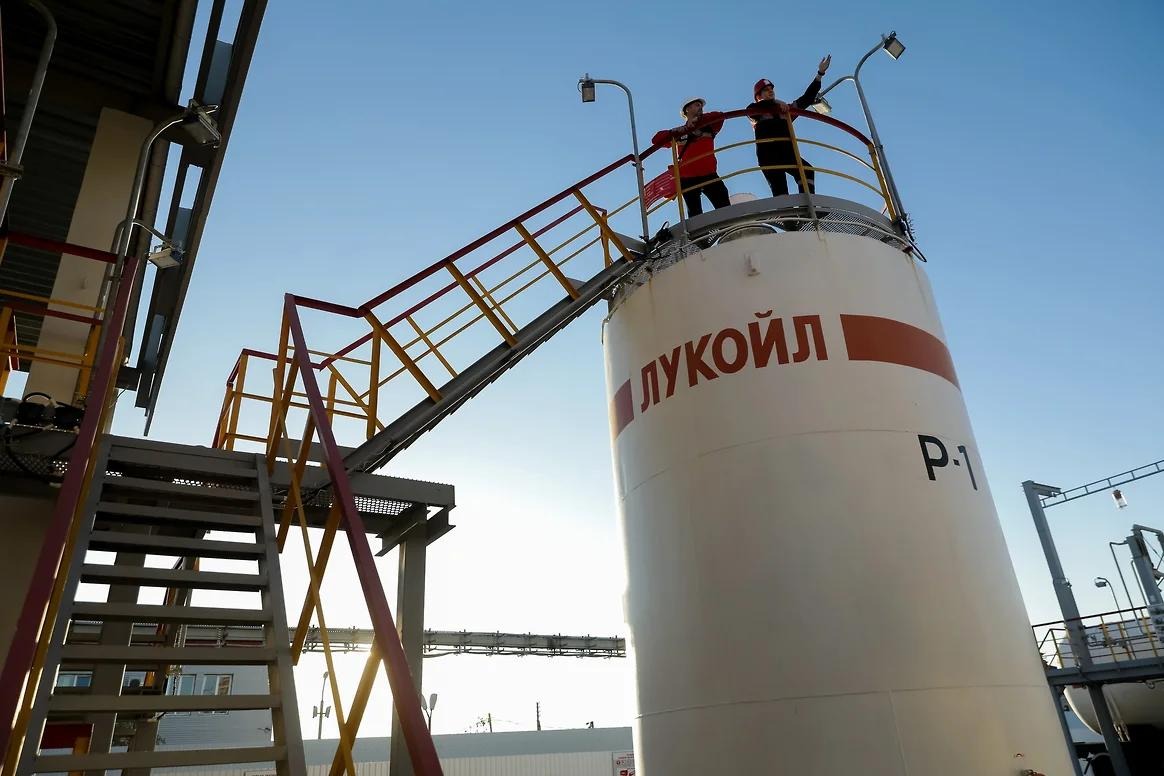Oil-for-Loans Deal Will Increase Russian Oil Deliveries to China
Oil-for-Loans Deal Will Increase Russian Oil Deliveries to China
On February 17 and 18 Russia made its entrance as a significant supplier of oil and gas to Asian countries. Natural gas earmarked for Japan and South Korea came on stream at Russia’s first-ever, foreign-built liquefaction plant; and, in a parallel move, Russia signed a long-term oil supply agreement with China. The tight sequence of the two events reflects Moscow’s comprehensive strategy to diversify its export options, adding Asian countries to its traditional European customer countries, and potentially increasing its leverage in both directions.
On February 17 Russia and China entered into an unusual oil-for-loans agreement. The China Development Bank is lending $25 billion at 6 percent annual interest to Russia’s state-owned oil company Rosneft and oil pipeline monopoly Transneft. In return, they will deliver some 20 million tons of oil annually, or an average of 300,000 barrels per day, to China during the agreement’s 20-year lifetime starting in 2011. That volume is said to equal some 4 percent of China’s present consumption and 8 percent of that its current imports.
Rosneft’s share of the Chinese loan is $15 billion for the oil to be delivered to the China National Petroleum Corporation (CNPC). Transneft’s share is $10 billion toward the cost of building the pipeline from eastern Siberia to China (a spur from the East Siberia-Pacific Ocean [ESPO] pipeline into Chinese territory), which is planned to reach China in 2010 (see EDM, January 26).
The price for this oil remains unclear, but is believed to be definitely cheaper for China than prices on the spot market, where China buys a large part of the oil it consumes. At present, Rosneft delivers oil to China in modest volumes by the expensive method of rail transportation, which is only sustainable commercially when oil prices are high.
China is believed to hold the largest hard-currency reserves in the world at present, thanks in part to dollar surpluses from its trade with the United States. The Chinese loan will help the cash-strapped Rosneft and Transneft to achieve their refinancing goals this year and next, while continuing their capital expenditures amid the general credit crunch. From Moscow’s perspective, the Chinese loan can to some degree offset the effects of Western capital flight from Russia.
For its part, China will have long-term, assured volumes of Russian oil. Those oil volumes, flowing by a single-destination pipeline to China, will by the same token be subtracted from the globally traded oil on spot markets, boosting the oil price there. This deal also helps both countries pursue their respective diversification goals, with Russia opening a new export direction for significant volumes away from Europe while China somewhat reduces its reliance on Middle Eastern oil (Interfax, Platts, UPI, February 17, 18; Kommersant, February 18).
The oil deal just signed, along with the gas liquefaction plant just inaugurated (see article below), mark the beginning of a new era in Russia’s policy on oil and gas exports. From now on, significant quantities of both commodities will flow from Russia’s Far East to consumer countries in Asia, away from Russia’s traditional European market. The success of Moscow’s export diversification strategy will, however, depend on extraction in Russia. Meanwhile, Russia’s extraction of both oil and gas has been in a stagnant and even declining phase since 2007 and 2008.


